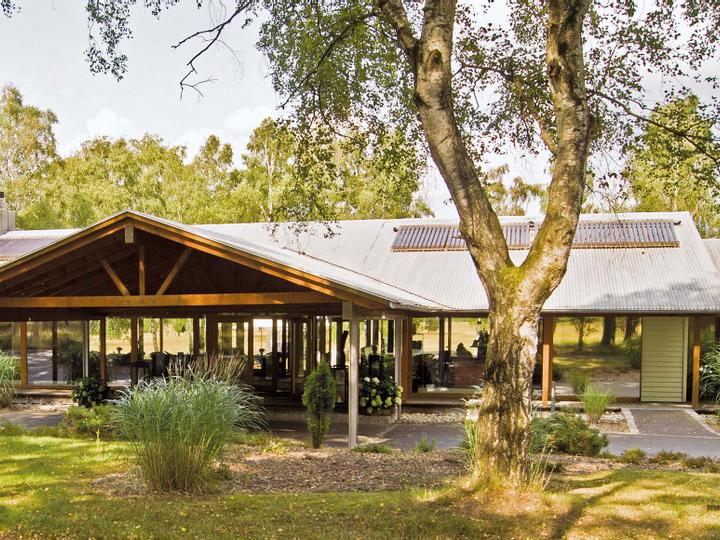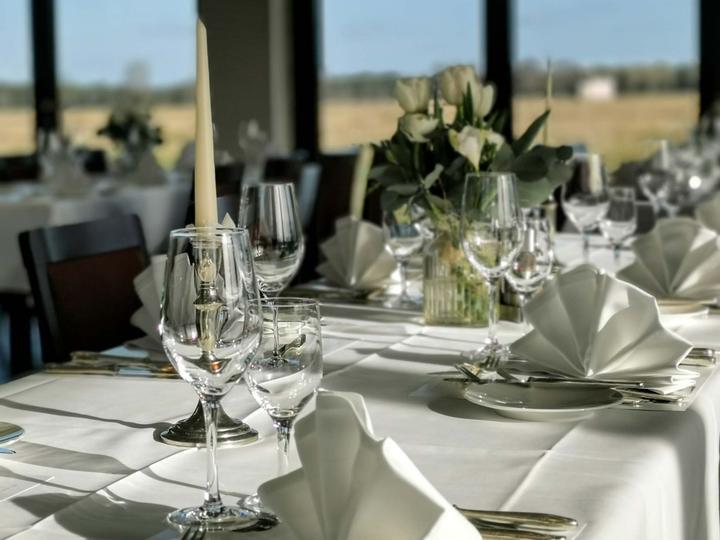Allergies
We want to make your stay as comfortable as possible. Please inform us in advance about any intolerances or allergies.
Bar Area
You’ll find a bar area for relaxed moments and social gatherings in our lobby. Enjoy cozy evenings by the fireplace in winter and lovely summer hours on the adjoining outdoor terrace.
Best Price
You will always get the best room rate directly on our website. We guarantee it.
Breeding and Rearing Season
The camp is located in the midst of pristine nature. From May to October, this is the breeding and rearing season. During this time, dogs must be kept on a leash. Many birds are also nesting on the dry grassland around HOTELCAMP REINSEHLEN. To avoid disturbing them, this area must not be entered.
Books
A good book is part of a relaxing time. A small selection of literature is available in the hotel lobby.
Bicycle
For a trip around the local area, we offer touring bikes and e-bikes. You can rent bicycles directly at the lobby. Advanced reservations are required.
Bicycle and Hiking Maps
A map of the local camp area can be found in our room flyer. Bicycle and hiking maps are available for purchase at the lobby.
Camp-history
It’s fascinating to see everything that has happened at the camp. Here, you can learn more about the historical development of Camp Reinsehlen. At the reception, you can also find an interesting book about the camp’s history in the post-war period.
Camp site map
Get an overview of the entire camp grounds with our site map. Coolers
As a nature hotel, we focus on sustainability. That’s why we have decided against refrigerators in the rooms. If needed, you can rent pre-filled or empty coolers. Campfire
Fancy a cozy evening by a crackling campfire? Book your exclusive campfire experience with us. We will be happy to prepare everything for the popular stick bread baking. For smaller groups, we offer a fire basket for a cozy get-together. dog-rooms
Four-legged friends are warmly welcome at our hotel. They are allowed to stay in most of our Lodge rooms. Please register your dog before your arrival. If not registered, an additional cleaning fee of €50.00 will be charged. EV Charging Station
An electric vehicle charging station with two charging points is located directly in front of the White Hall. Activation cards are available at the reception for a service fee. Emergency Services
Emergency medical services: 05191 92810.
Emergency call: 112. Gifts
Take a piece of the camp home with you, as a memory for yourself or a gift for your family. Selected items are available at our reception. Green Choice
In consultation with you, we refrain from daily room cleaning for ecological reasons. If you change your mind and would like a cleaning later, simply let us know. You can also request additional supplies at any time. hotel lobby
Our hotel lobby offers a pleasant place to relax throughout the day. Seating areas with a direct view of nature invite you to linger. Or you can enjoy a few evening hours by the crackling fireplace. The bar provides refreshing drinks for you. Lunch Box / Picnic Basket / Snack
Need provisions for your bike tour or hike? Our kitchen will be happy to prepare a lunch box or picnic basket for you. Nature Conservation
Here at the camp, we live with and from nature, and its preservation is important to us. Sustainability is deeply embedded in our company philosophy. Room Allocation
Almost all rooms offer a view of the dry grassland – only a few do not. Out of our 91 rooms, 81 have a view of the dry grassland, while ten rooms do not. If you value this view, please let us know when booking. Alternatively, you can book an upgrade to our MehrBlick rooms, all of which offer a view of the dry grassland and the wide horizon.
Room Requests
We are happy to accommodate your room preferences. We strive to fulfill all guest requests, but please note that we cannot guarantee specific room numbers.
Smoking
We are a completely non-smoking hotel. The smoking ban applies not only to all rooms but also to all public areas within the camp. Please understand that a fine of €450.00 will be imposed in case of non-compliance.
Sports and Leisure
There are several Nordic walking routes around the camp. You can get the walking poles at the reception. We have uploaded three different routes in the Komoot app for you, with distances of approximately 3.4 km, 5.8 km, and 10 km. The paths start right in front of the hotel lobby. You can also book a table tennis set, including paddles and balls, or rent a speedminton set for your sporting enjoyment.
Table Reservation
Our restaurant GASTHAUS looks forward to welcoming you for lunch or dinner. To ensure better coordination, we kindly ask that you make a reservation in advance.
Taxi
We would be happy to arrange a taxi for you. For trips to Schneverdingen train station or to the airports in Hamburg and Hannover, we have negotiated fixed rates with the local taxi company. For airport transfers, please make your reservation the day before. Alternatively, you can directly book your taxi with Blitz-Taxi Schneverdingen at +49 5193 9722000 and refer to us. Vegetarian and Vegan Dishes
Our menu always includes a selection of vegetarian and vegan dishes. In our 3-course menus/buffets for arrangements or half-board, a vegetarian main course is also available. We are happy to offer vegetarian and/or vegan options for snack breaks and lunch packages as well.
Wake-up Calls to your room phone
We will be happy to call you at the desired time to wake you up. Simply request your wake-up call at the reception.
Wellness Area / Sauna
The wellness area is located near the Lodge rooms. Access is available upon registration at the reception, where you will also receive your access code. Towels, bathrobes, and sauna slippers are provided on-site. (Use of the sauna and steam bath is included in all of our arrangements.) | 




